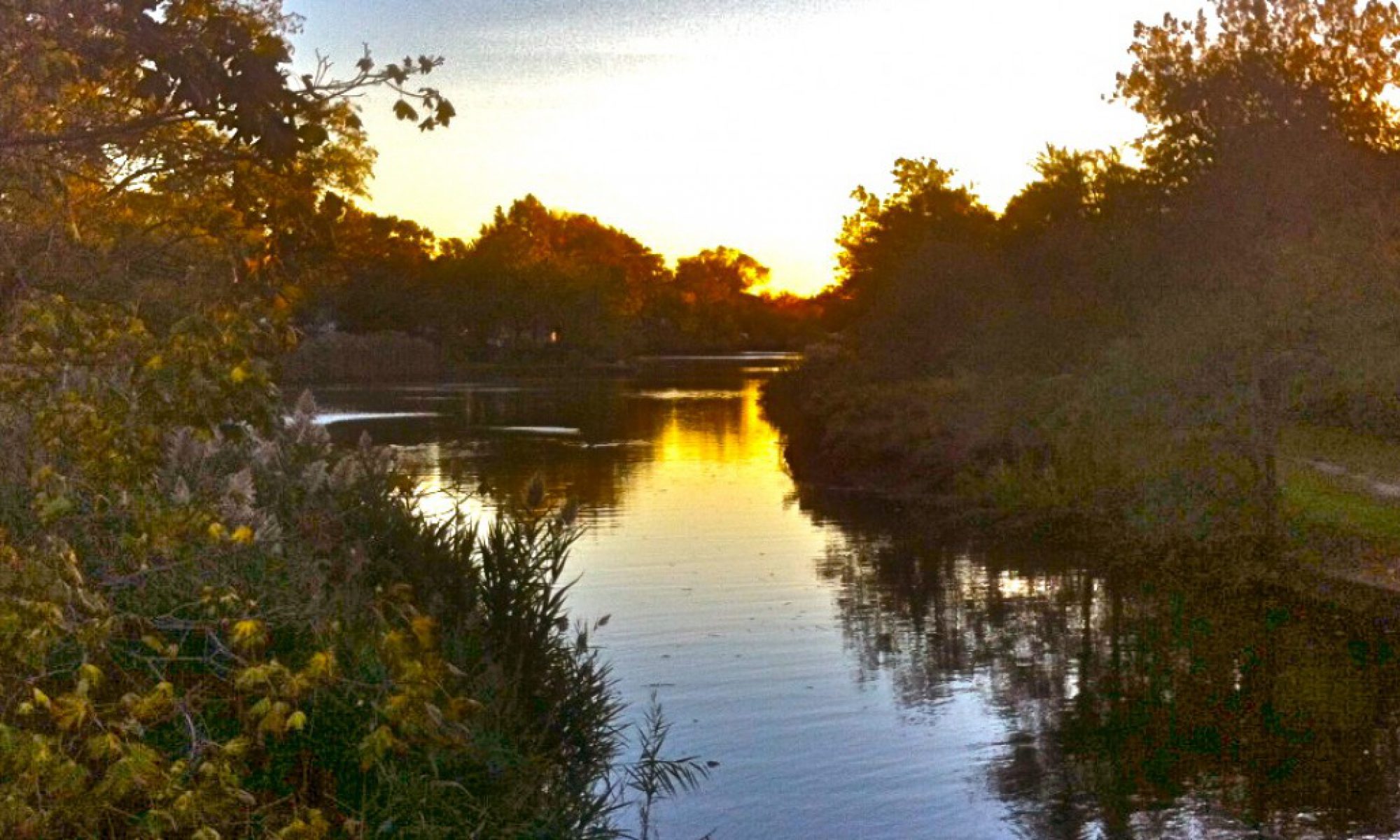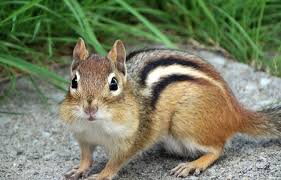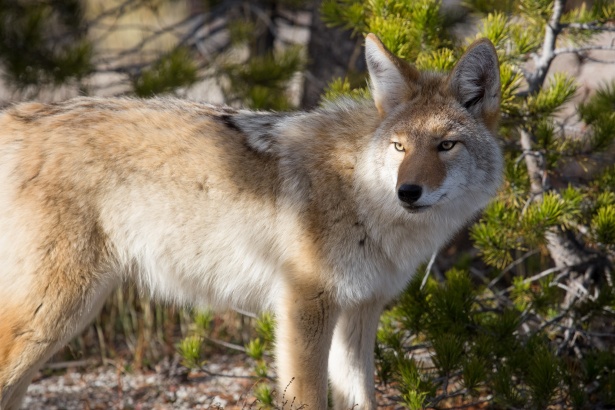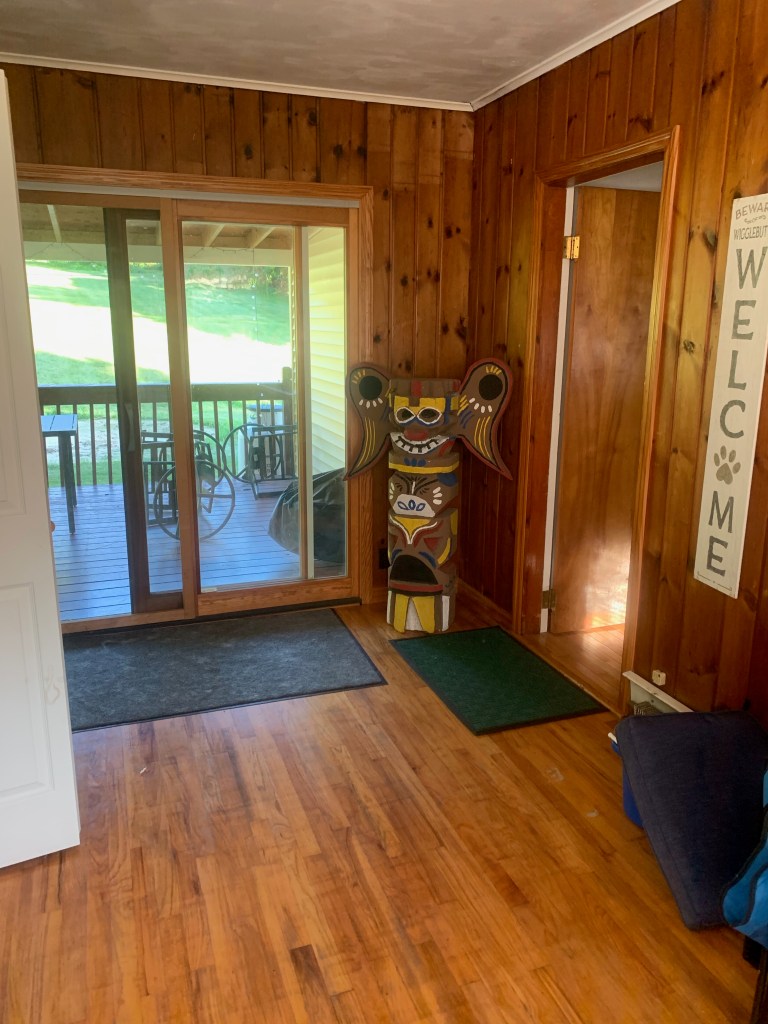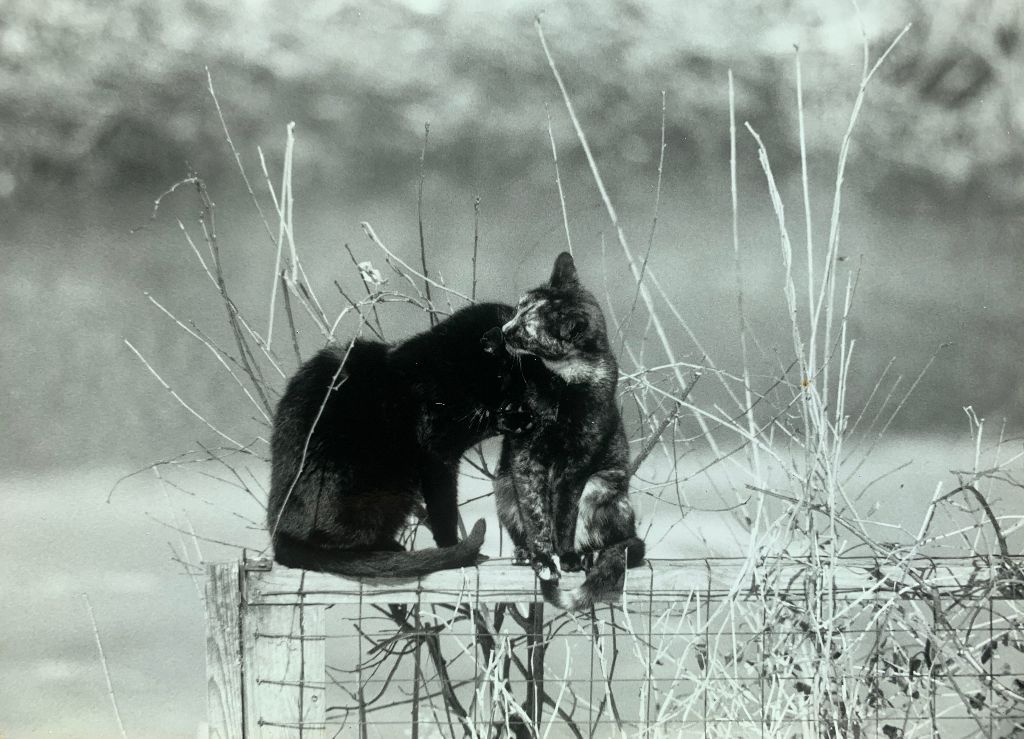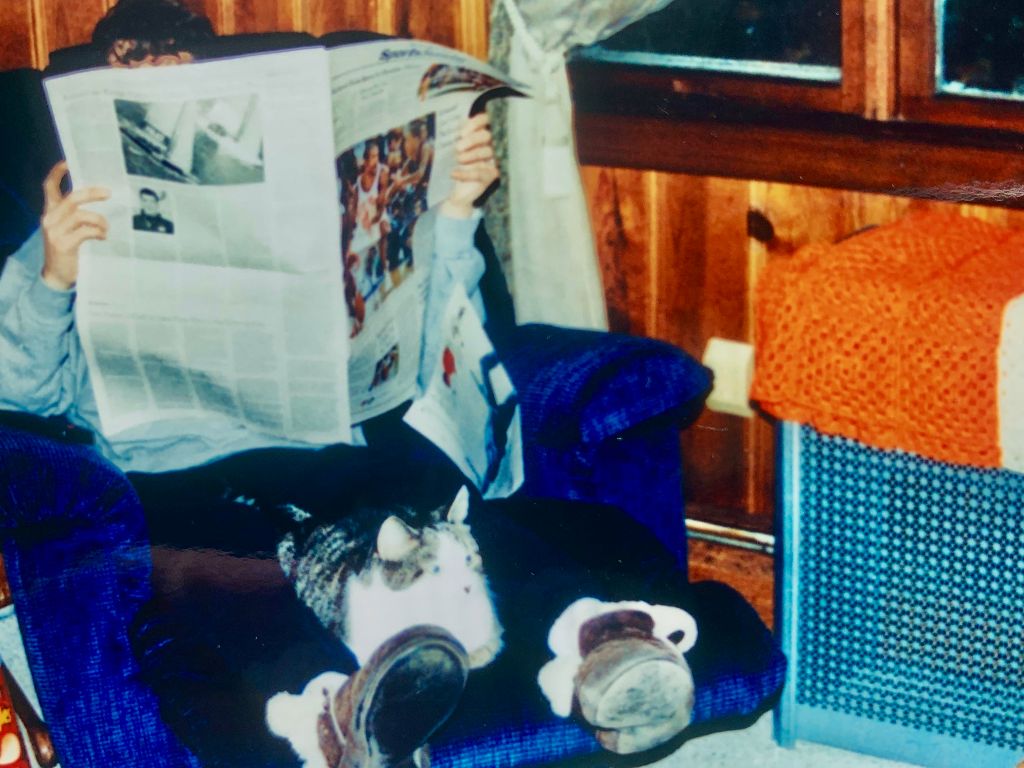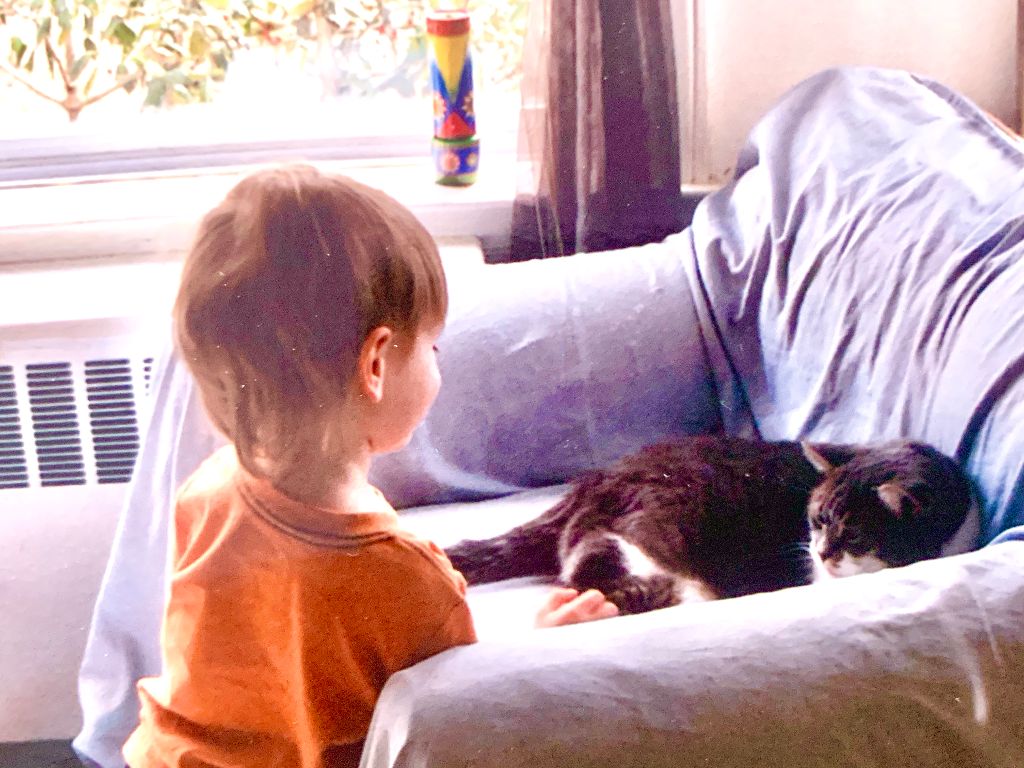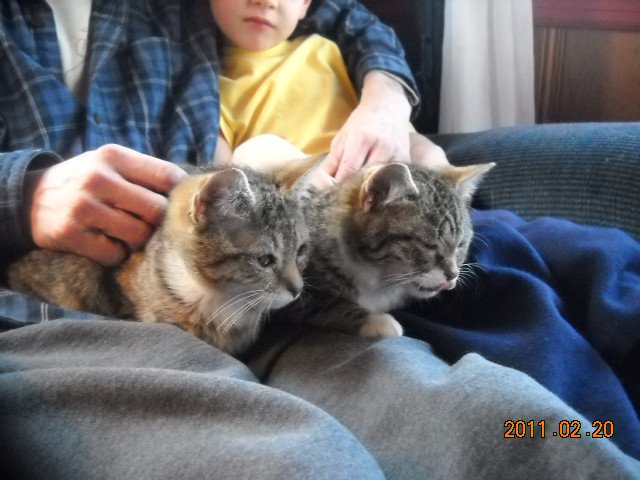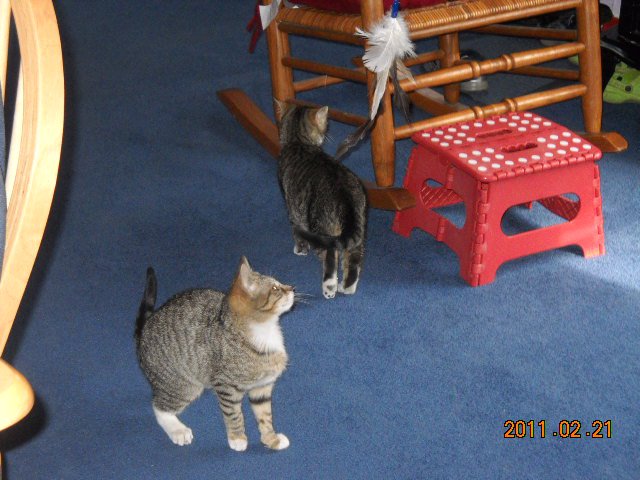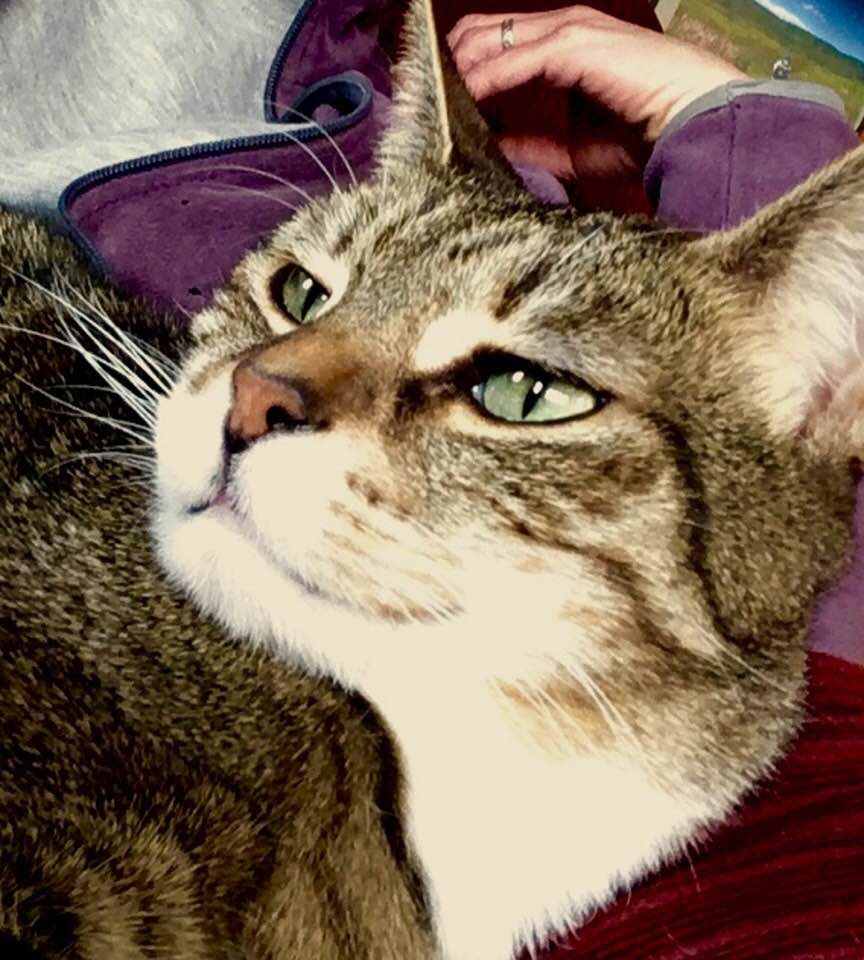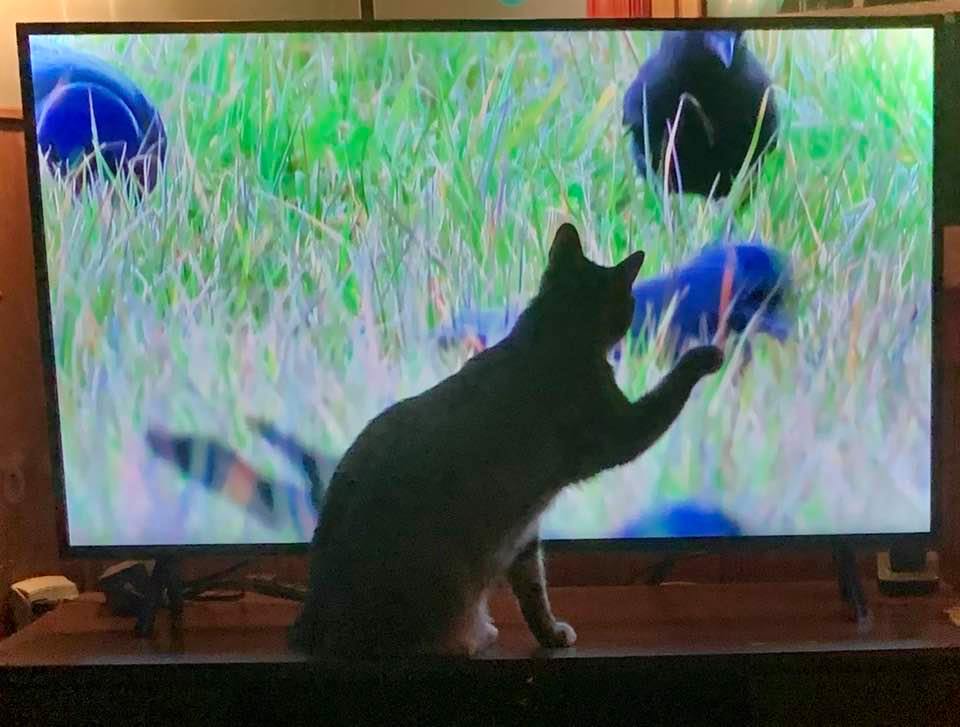
We knew we’d be going back to see The Dee’s again before Thanksgiving. We just weren’t sure if we’d be going back to see Joey or Tommy.
We hadn’t been inside the gigantic, glass-walled store at Dee’s Nursery after the first frost since the last time we visited Santa Claus as part of our annual Christmas tree hunting and gathering tradition. The inside store is Joey’s domain, although his dad, Tom Sr., the Dee’s patriarch, still hangs out by the registers while we watch the damage we’ve done to ourselves in slow motion. Usually we won’t visit until April, when it’s time to load up Lou the Subaru with bags of tall fescue grass seed, with the topsoil and the peat moss to throw on top of it. Whether it’s Grass Seed Day, or a month later when we start loading up on annuals, veggies and compost, Trisha and I always get a hearty greeting from Joey. Long ago we maxed out on planting trees and shrubs and hybrid tea roses and perennials on our little 60 X 100 plot, so we usually don’t get out to the yard much anymore to see Joey’s older brother Tommy until the Christmas trees show up. But Tommy is always good for a hearty greeting, too. If you were Joey or Tommy, you’d be glad to see us, too.
The Dee’s Nursery is a second-generation family business in Oceanside, Long Island, started in 1958. It was one of my mom’s favorite places to visit in the springtime. Our Christmas Tree hunting and gathering tradition when I was a kid was to go to Garden World in Franklin Square, where they had reindeer you could feed, which is horrible in retrospect, but I suppose my parents and everyone else involved meant well at the time. But Mom loved going to see The Dee’s in the springtime, and taught me to love it, too. For a local, independent business, they have a huge operation, and their selection, quality and service in all things gardening just can’t be beat. Tommy told us one year that he drives a crew up to the family’s own Christmas Tree farm in Franklin, Maine every November. He was very happy and very proud of that, as well as being proud of their annual donation of thousands of Christmas trees shipped to troops serving overseas. And we are always happy and proud to buying one of those trees from this family year after year, comin’ to us straight from Maine.
Every business transaction should be as pleasant.
Unfortunately, we’re in America, so while the The Dee’s are all about service, selection and quality, their prices can be beat quite easily in any season, specifically by the likes of the Home Depot, the presence of which in Rego Park, Queens convinced my late father-in-law to close down his own second-generation nursery business, McCloskey’s Florist, shortly after I joined his family. That was tough to watch.
So we’re willing to pay The Dee’s a couple of extra bucks to support a local business and stay out of the Dante’s Inferno which is the Valley Stream Home Depot parking lot. And in addition to helping support The Dee Boys and their families, we have two other local guys: Ray, whose dad started Alma’s Garden Center on Sunrise Highway in Lynbrook around the time I was born, and Dave, who owns Di Setta Nursery down in Woodmere. A conservative estimate of $50,000 big ones over the course of eighteen years have been split among these three businesses by two slightly touched people who consider growing flowers in the yard to be an unnegotiable necessity.
In years when money was tight, we bought our flowers and our dirt on credit cards, which is quite stupid when considered objectively and I wouldn’t recommend it. But we had to have them. In our defense, we’ve never spent money on lavish vacations and fancy restaurants. So it goes that I may die without seeing Yosemite or the Grand Canyon, but damn you should have seen our gardens in June.



I was away from the gardens a lot this year. More so than in any year since we began building them up from nothing in 2002. I spent about eight weeks of elapsed time in 2020 up in the Peaceful Roe Jan Valley, among the Taconic-Berkshire Mountains that nature built from nothing a couple of million years ago. There are lots of wildflowers and flowering shrubs around Trisha’s Mountain, but nothing we’ve planted, which I suppose could change in time, but as I pointed out in Chapter 5, it would take some intense negotiations with the deer and the bunnies and the groundhogs to get it off the ground.
We never took it for granted for a second this year. It was our incredibly good fortune to have a property up in the country with lots of oxygen, especially in the midst of all the Pandemic misery this year – when just down the road there were people sitting on line in their cars for hours outside Taconic State Park waiting for a chance to just take a walk to Bash Bish Falls, and less fortunate people than those people were dying on hospital beds. We’re only a year into our second home owning adventure as I write this, so the novelty has not even come close to wearing off yet. We’re still just walking around feeling stupid lucky. Knock freaking wood.
So I wasn’t giving the gardens a lot of thought during those eight weeks when I wasn’t in them. They were being watered or rained on and the weeds would wait ‘till I got back. I suppose in my mind I was beginning to move on from them. But that’s how it happens, isn’t it. You think about something until something else comes along that requires bandwidth in your brain, and the thing you were thinking about starts getting crowded out. Sometimes when you look back, you realize that’s kind of a scary process. The more time I spent up n the country this year, getting to know our upstate home, the less I was thinking about the downstate one. Not only can you not be in two places at once, it’s hard to even think of two places at once.


But after all these years, most of the landscaped space on Duffy’s Creek is on autopilot anyway. Most of the trial and error has been done. The losers don’t grow here anymore, and the winners come back stronger every year.
The Big Plan is, of course, to phase out Duffy’s Creek and live full-time on Trisha’s Mountain. When that actually happens remains a question. Back in the Aughts, I noticed on a sign that Copake Town was founded in 1824, so I was thinking I could be up here full time by the time the Copake Bicentennial comes around, maybe even walk down Main Street on stilts dressed as Uncle Sam. I have big dreams.
But that would mean only three more growing season’s on Duffy’s Creek. And that would also mean eventually selling the house, perhaps to someone who rips out all the gardens and replaces them with heavily fertilized grass, or worse, just lets them go to hell, which wouldn’t take long at all.
Once I landed back on Long Island in mid-November of 2020, following my nineteenth trip up and down Route 22 for the year, this time to take delivery of a new industrial-grade humidifier for the basement, I decided to get off the road for a while. I’d been back and forth eight times in thirteen weeks, and the plan (in progress as I write this) was to stay on the creek for six weeks, through Thanksgiving and Christmas. Mookie in particular was exhausted from all the traveling. We needed a break.
But unlike Mookie, I’m not good at doing nothing, no matter how hard or how often I try. I enjoy doing nothing, but after a while I have to do something. I admire people who can keep doing nothing going. I decided that not only was I going to clean up the gardens down to the last fallen leaf, but that this year, since I had the time, I was going to give them all a damn good mulching. And not only that, I was going to power wash the patio so it would already be clean in the spring. I have big dreams.
And I love mulch. I love topsoil and compost, too: The look, the smell, the feel, everything. I suppose I could live without the weight. But still. There’s no more agreeable afternoon activity to me than getting down and dirty in the gardens.
We have seven of them. They all have names. In the front are two semicircle raised beds built with river stone. One is my creation, which starts out as a well-mannered and proper bed of tulips and daffodils in the spring and devolves into an insane tangle of sunflowers and zinnias by July. I call that the Crazy Summer Garden. The opposite semicircle is Trisha’s statelier “Cottage Garden”, highlighted by a giant purple beautyberry bush, chiefly the domain of our resident mockingbird no matter how hard Lyle the Cat stares through the window at him. There’s mock orange and flowering quince around the front, coneflower and bee balm in the middle and creeping purple phlox cascading over the stones. Unlike my garden, somebody had a plan.


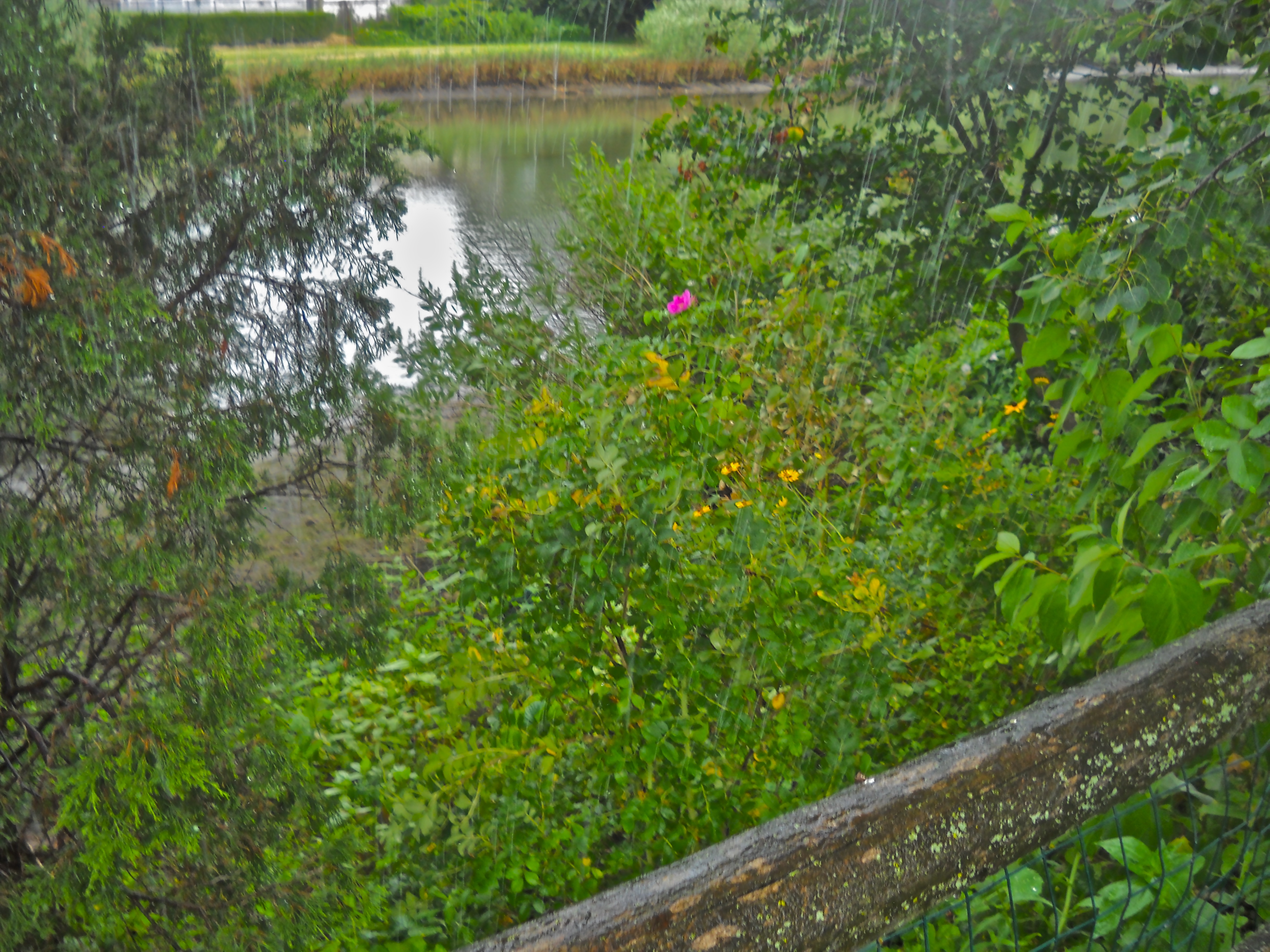
On the side of the garage was the tomato and vegetable garden. This year I phased that out and threw in a couple of dahlias which I mostly neglected despite their beauty. I couldn’t keep the damn squirrels away from the tomatoes, and I didn’t want to grow lettuce and broccoli that I wasn’t home to eat or give away. But I still grew cucumbers in another little patch next to the shed this year, way more than I could use, which was good news for a neighbor on the creek who loves cucumber sandwiches. Meanwhile, my 2020 bread and butter pickles were another raging success.
Between our backyard fence and the creek is my Wetland Garden. In one section, I’ve been naturalizing purple and pink native asters for ten years now, and let me tell you, come September, my aster is the most spectacular aster you’ve ever seen. In another section are shrubs that don’t mind drinking crappy brackish water; red twig dogwood, rosa rugosa and winterberry holly, plus a red cedar tree that my brother and I saved from being uprooted after Hurricane Sandy, which is now known as the Leaning Cedar. Most of these plants were, of course, bought from Tommy Dee, many on credit cards. The whole thing is held back from the creek with a bulkhead of logs, wire fencing and dirt that I carted in after ripping out forty years of thug brush eighteen years ago. I had the time of my life.

Along a wooden fence are Trisha’s hybrid tea roses. The roses also stretch into a spot between two houses that we call the Secret Garden. All the roses have cultivar names and stories which she’s told me lots of times because I asked, and she planted many of them in memory of people. Apparently, their preferred pronoun is “she”, as in, “she needs to be cut back.” I can’t keep much of this straight, but I do try really hard. And Trisha works very hard at keeping the hybrid tea roses sprayed with the stuff that keeps them from getting eaten up by little parasites every year. You can get high off the aroma of Trisha’s rose garden in June, and often we do. But one season of neglect and they’d be nothing but angry, thorny green sticks.
Out the back door is my Patio Garden. My parents had a deck when we bought the house. They had it built in the 1970’s, when you were required to build a deck in your suburban backyard under penalty of law. The deck had seen better days by the time we bought it, so we were already planning to rip it out and replace it with a patio when we visited the Berkshire Botanical Garden in Stockbridge, Mass. It was there that I encountered the Herb Associates, a group of volunteers that maintained an herb garden with a patio right outside a kitchen in one of the buildings on the grounds.
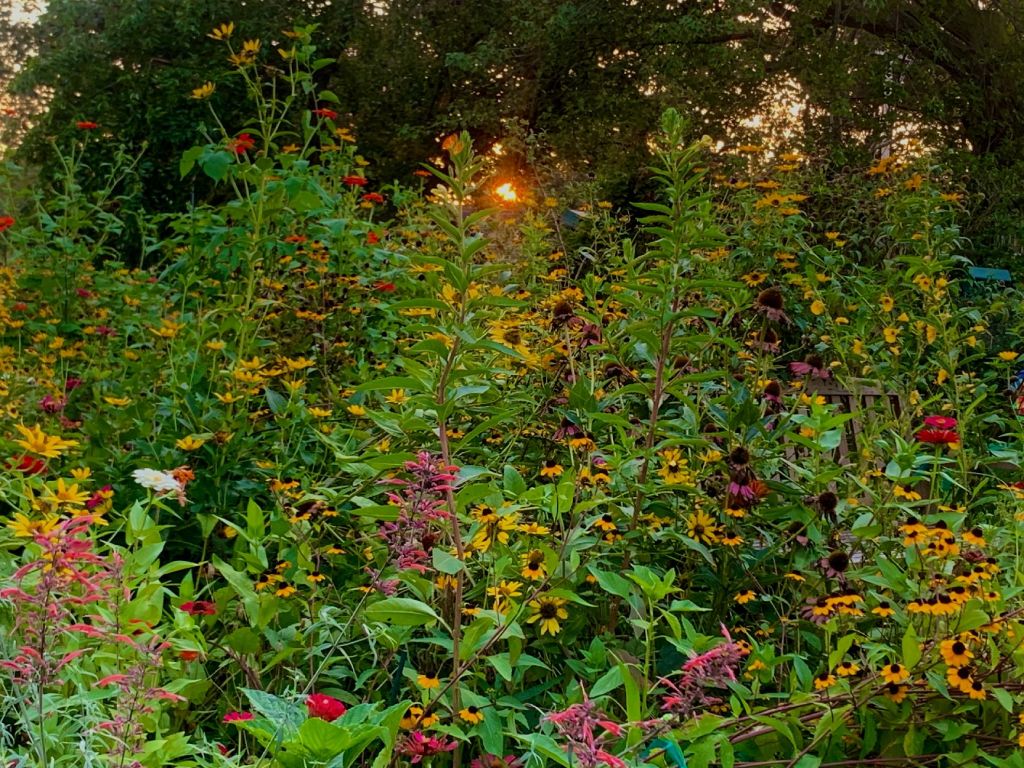
I have to admit, my biggest takeaway from this experience was the sheer joy of knowing that there was a group of old ladies from Stockbridge who called themselves the Herb Associates, but I also liked the idea. Eventually, the garden out the back door on Duffy’s Creek became a combination of herbs, perennials and annuals surrounding a loose-laid brick patio that looks like the mason who built it was actually an English teacher on summer vacation.
Around the patio, I have planters where I put the same annuals every year because I know they’ll behave themselves and look great doing it: Geraniums and lantana, both in red, white mandevilla, some years white jasmine if I want to splurge, plus some basil and oregano that I didn’t get around to harvesting this year. Plus I have three highbush blueberries in planters on the patio and four more on the side of the garage, which I’ve used to make some sublime pies over the years, and which us make us very popular with robins.
Since we’ve done all the heavy planting (and transplanting), and the gardens are what they are, most of the work now is adding compost in spring and keeping everything weeded and watered. Invariably, since you only have to get dirty once, I’ll do all the weeding in one shot once every two or three weeks. I can tell which days were weeding days just by looking at my Fitbit history. Any days when I walked 25,000 steps and saw some serious cardio orange and red on my heartbeat chart, those were the days I was out playing in the dirt.
After all these years of pulling weeds, I know every one of them personally, many by name. I can tell you, for instance, that every year I have to pull out deadly nightshade. And every year, deadly nightshade says, “Yeah, OK. Whatever, dude. I’ll be back.” Late in the season, I have to pull out white snakeroot, which can poison milk if cows eat it, and reportedly killed Abraham Lincoln’s mother. Weeding is serious business.


The fall cleanup is actually the biggest job in the gardens now. First is deadheading all the perennials and pulling out the dried-up ghosts of hundreds of zinnias and marigolds and other annuals. Then comes raking out all the leaves and cultivating the soil, then chopping out the last of this year’s weeds. It takes hours and hours and hours. Which is great if, like me, you enjoy this sort of thing, and you happen to have hours and hours and hours.
Any teacher who rides the rhythms of the school year knows that the fall semester is insanely busy. So for all the years I was on that ride, I’d check the Weather Channel app constantly to see what Saturdays and what Sundays would be suitably benign enough to get out and clean up the yard. And knowing how long each section took, I could plan out what I could get done in the time I had. My ultimate goal was to get a bed of cedar mulch down on every garden surface once all the leaves were raked up and the annuals were pulled out and the perennials were cut back and the deadly nightshade and the white snakeroot and all their outlaw buddies were on the brush pile.
I very rarely got anywhere close to that goal. Some years were better than others. Some years I’d still be cleaning out last years’ dead stuff in April. But a couple of years, I got all the mulch down, and it somehow made going to work easier knowing that I did it. This year, with a stretch of freakishly warm weather and a freakish amount of time on my hands, I realized that the attaining the ultimate goal of a damn good full mulching, topped off by a power washing, would somehow make standing around inside the house and looking out the windows all winter a lot easier. I cleaned the gardens until they screamed for mercy and gave them a long overdue mulching.
I usually go for the dyed red cedar mulch, but this year, Dave Di Setta, who keeps his mulch right at the front gate for easy access, only had fifteen bags of red left, and seeing as it takes thirty bags total (and three round trips for Lou the Subaru) I went half red and half plain brown this year.
it’s a beautiful sight and a warm, fuzzy feeling for this OCD sufferer. Not only is it a nice warm blankie for all the plants and enrichment for the soil, it’s also much easier to track what plants are breaking the soil next spring, meaning it’s also harder for the weeds to hide. So in the words of Cosmo Kramer, you’ve got to mulch. You’ve got to.
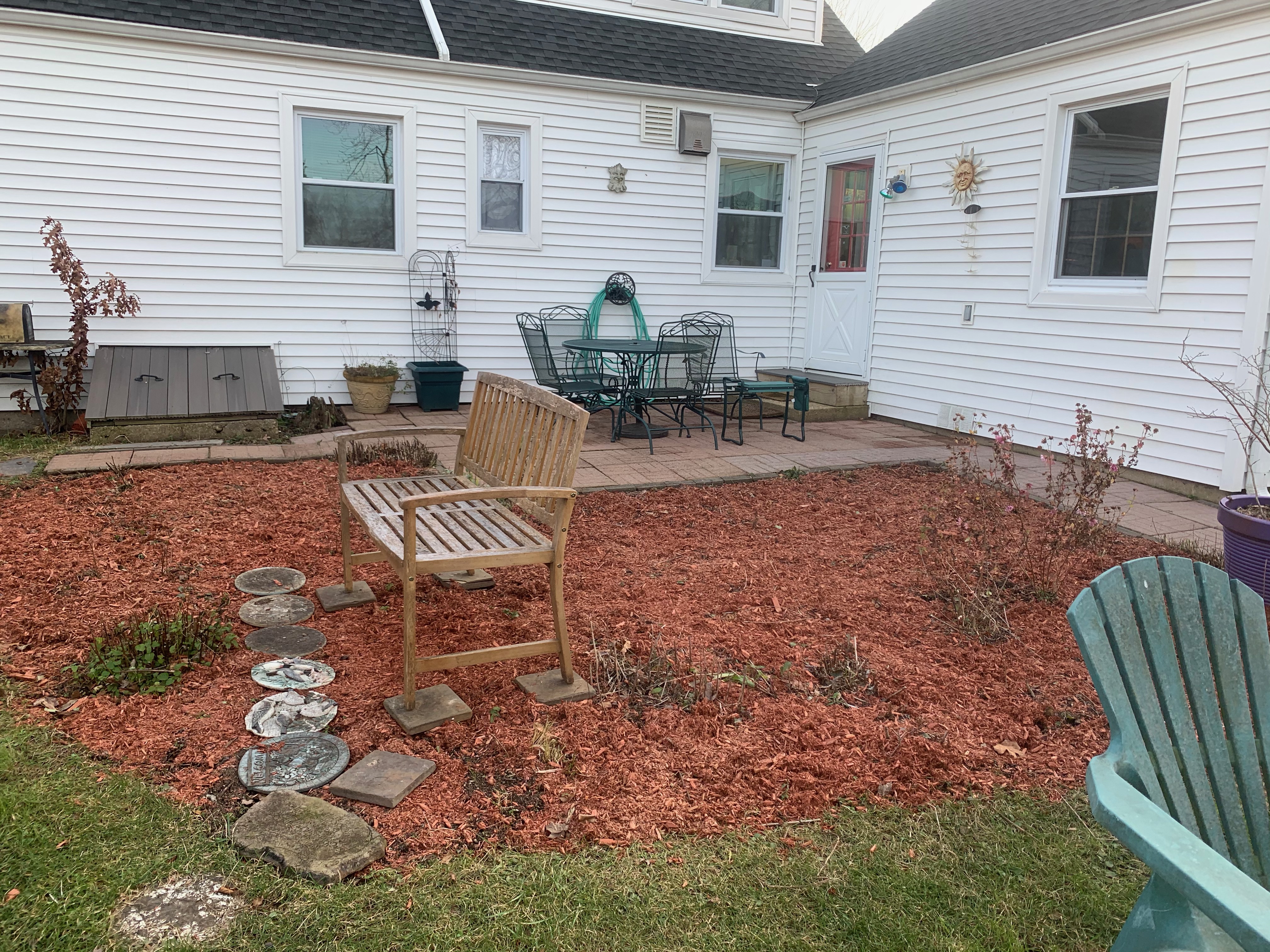

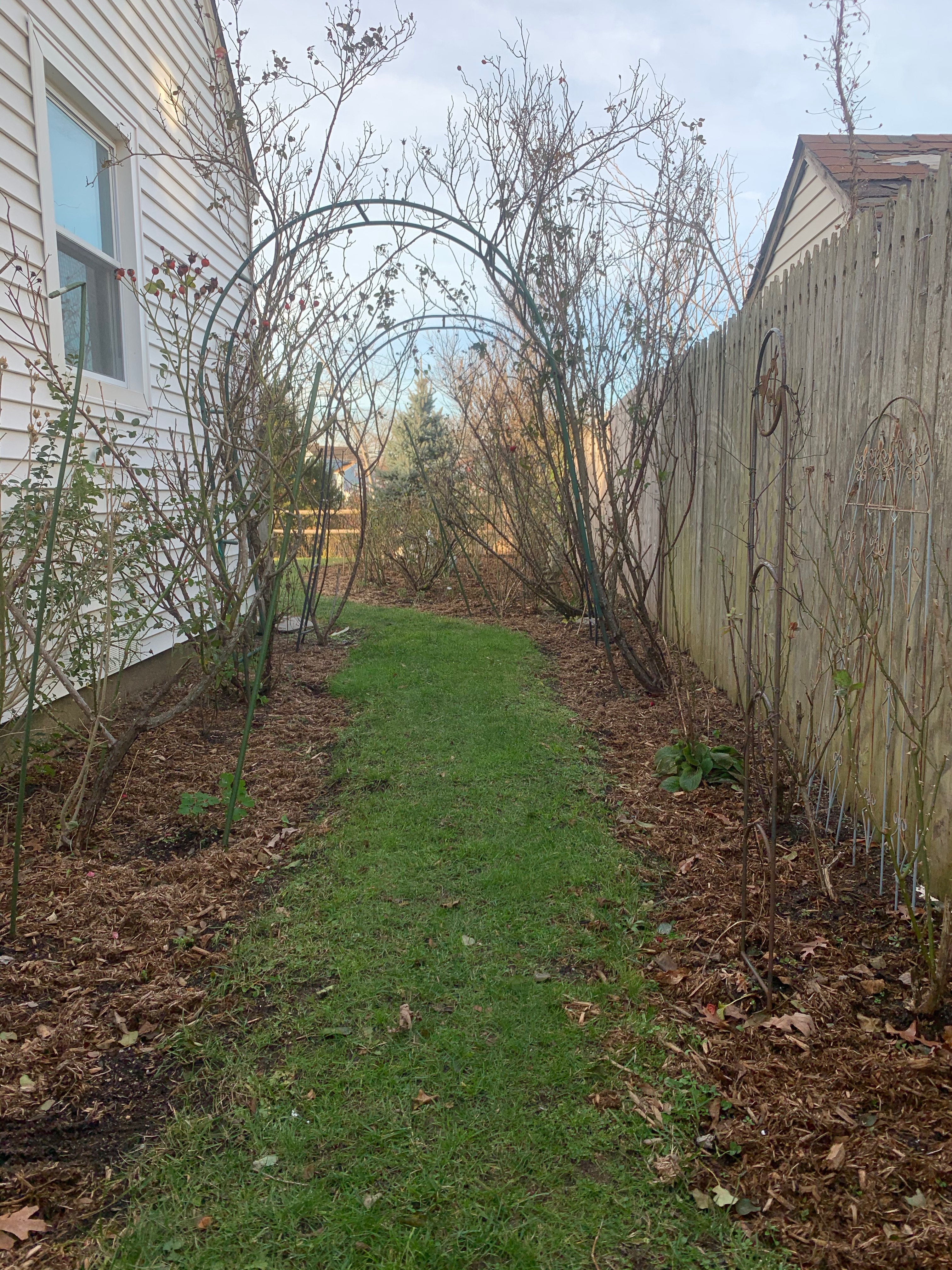
In the midst of this herculean effort, completed in three-or-four-hour blocks of time over the course of eight nice-weather days, I also put up the Christmas lights, which look delightful and which I absolutely hate doing, and which nobody will actually come to the house to see for themselves. I think I do it for my parents, most of all, and for the memories it conjures up. I have no control over whether any future owners of the property will celebrate Christmas.
Which brings us to the tree. Last December, which was two-thousand years ago, was very exciting for us. We were closing on a house in Copake Falls, a dream we had dreamed for twenty years. The closing was set for the 20th of December, the day the boiler stopped working in the house on what was not yet Trisha’s Mountain, and the closing had to be postponed. Someone flipped the reset switch on the boiler the next day and it’s been working since (knock wood again), and the closing was finally a done deal a week later, on the 27th. We reserved one of our old cabins at Taconic State Park to stay over both times, to avoid nighttime winter driving, which can kill you.

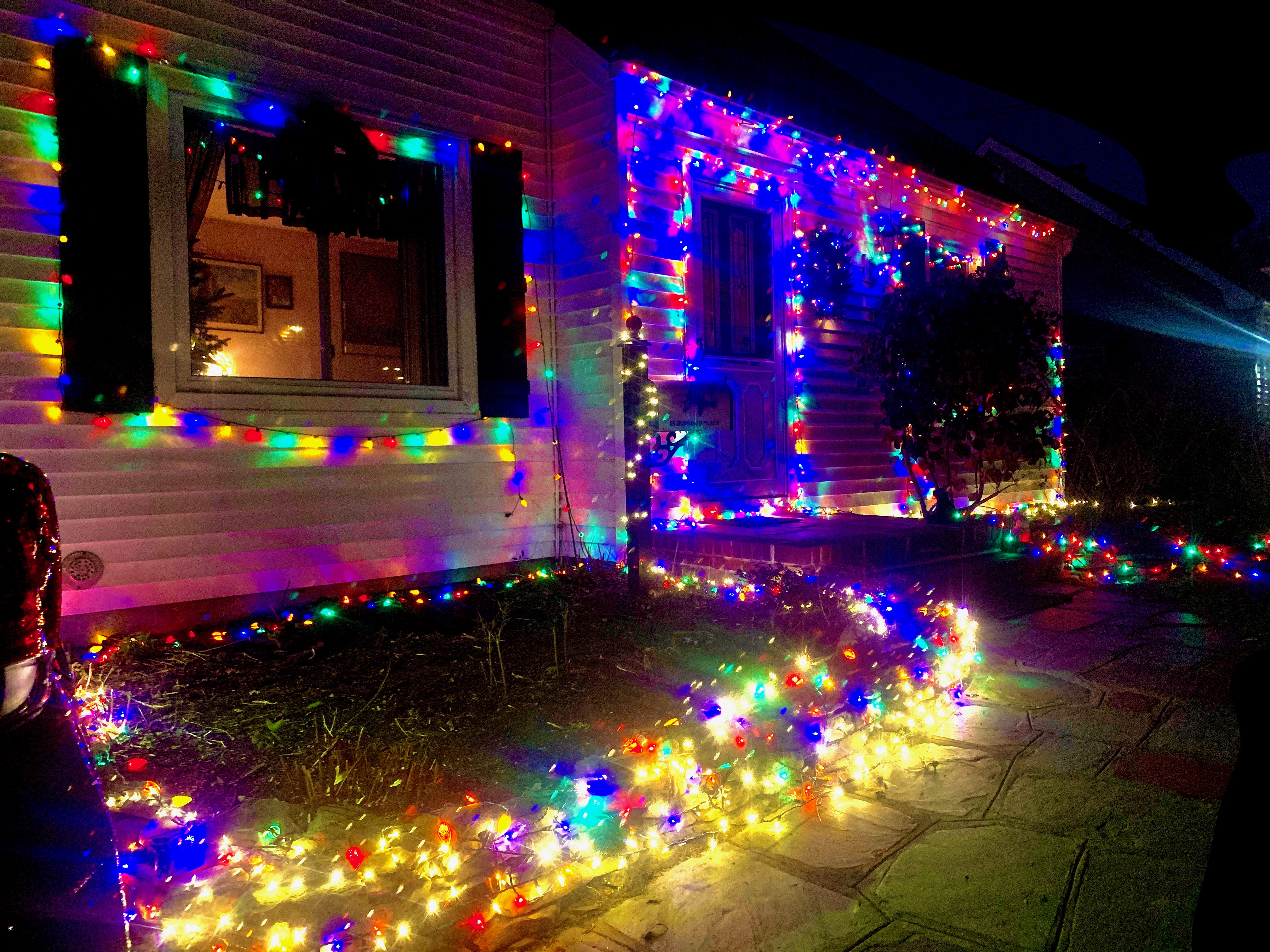
Fortunately, we had the World’s Most Responsible Teenager on the block to take care of the cats on both nights, but this time, she had the added pressure of watering the live Christmas tree next to the radiator in the living room. Leaving a live Christmas tree unattended, even overnight, gave us the willies. I guess I’ve seen one too many videos of blazing Christmas trees infernos. In practical terms, there was very little chance of the Christmas tree burning down the house. They don’t spontaneously combust like the drummers in Spinal Tap. As Bruce Springsteen sang in the worst song he ever wrote, you can’t start a fire without a spark. But if the tree had burned the house down, Lyle the Cat would surely have had something to do with it.
So this year, knowing that we could get up to the Mountain between Christmas and New Year’s, we took a ride to Dee’s to see Joey’s artificial Christmas trees for ourselves inside the store. Our tradition is to put up our tree in the first weekend in December, then take it down the first weekend after New Year’s, by which time some of them over the years have grown a trifle crispy. But neither Trisha nor I, and by extension our offspring and animals, has ever experienced a Christmas without a real Christmas tree. As a kid, I felt pity for people with artificial trees, people who were happy to spend the season looking at a sad, scrawny green plastic scarecrow, usually with boring all-white lights, that looked as much like a tree as a White Castle looks like Versailles, or as a Taco Bell looks like a hacienda. I don’t care what you got for Christmas, or how much fun you had. That’s not really living.
As with many things in my lifetime, though, artificial Christmas tree research and development has grown by leaps and bounds. The ones they make now look very much like trees. They’re pre-lit. You can find one in perfect symmetry to your available space and the initial investment pays for itself in three years of not buying a tree from Tommy’s yard. And you can leave them up as long as you like. John Prine left his up all year long, but he had a bigger house. And there would be no chance of fire by stupidity if we left the tree up on the Creek and drove up to the Mountain, despite Lyle the Cat.

Joey Dee took us through a couple of handsome artificial trees that looked promising and told us he had plenty in stock and more coming in. Nobody was coming to our house over Christmas, so we’d be the only ones who would see it. We’d likely end up getting a fake tree when we move upstate permanently because you really couldn’t put a living tree anywhere near the fireplace, so why not just get used to having a fake tree now? There was only one overriding downside, only one good reason why we didn’t pull the trigger.
We didn’t want to.
I started reading about Zen Buddhism when I was in college. Alan Watts, D.T. Suzuki. Those guys. I liked everything about it. In Zen philosophy, the past and the future are illusions. Any wisdom you’ve gained along your path is meant to applied to right now, not to some future day. What’s more, our house and gardens and creek and your house and all your stuff are events, not things, because everything is in a constant, slow-motion state of flux, and nothing is permanent. And since they’re events, not things, they should be celebrated like events, with as much enthusiasm as you work up, because they’re going to end, and we’re going to end, and since that will be the end of that, this right here and this right now are all we’ve got.
But as hard as I’ve tried, I’ve just never been able master the art of living in the Here and Now. I don’t know what’s in anyone else’s brain beyond what they’ve told me, so maybe I’m better at it than I think I am. All I know is that even after years and years of piling up great memories, there are still stupid little moments that I wish I had handled differently rattling around in my head like loose change in a coffee can. And Lord knows I’ve scattered baskets of brain cells across my years worrying about things that theoretically might have happened but never did.
And even when I’ve been as close as I could get to living fully and completely in the Here and Now, and there have been lots and lots of those times, I never went too long without checking my watch. It’s how I’m wired, and that’s just sad, but it’s no excuse. Very often, I enjoyed the hell out of the job I did for 25 years, but I could always tell you exactly how long I had to keep doing it until I didn’t have to.
But if anything could get me to finally shake off all this mental illness, finding myself floating along through the days, collecting my monthly Cash For Life payments from the New York State Teacher’s Retirement System while waiting for a Pandemic to end (and a psychopath to go away) may have been the ticket. I’ve cut off a big chunk of my past and I have no more than a vague plan for the future. Whenever I check my watch, I’m right smack in the middle of the Here and Now.
Self-awareness is one of the benefits of getting old, unless you’re hopeless. It becomes easier to catch yourself when you’re up to your same old lame tricks. Too often this year I’ve found myself sitting on my poorly constructed patio on the creek, thinking about what it would be like to leave Valley Stream and move up to Copake Falls permanently, how I’d feel about letting it all go. Then I’d be up on the Mountain thinking about what it would be like to be there with no back to go to. None of this is anything that I really had to think about at that moment, and any second I that I was, I knew I was only cheating myself out of good time.
And I’ve come to realize that the only reason I’m giving any unthinkworthy thoughts any space in my head at all, instead of enjoying the passage of time, which is of course the secret of life, is because I’m not thinking about my lesson plans for Monday morning, or what to do about that one kid. So all this extra room opens up in my brain, and something has to fill the vacuum. At times in 2020, to my credit, I happily feasted on whatever was in front of my eyes in the Here and Now.
But sometimes I pigged out on boxes of worry cookies and bags of regret chips.
We’re all works in progress. If you’re doing it right.
A moment of personal enlightenment came as it often does, after cleaning. In this case, on the first Sunday of December, when the temperature on Long Island was a sickeningly sweet 70 degrees. I had finished all the mulching and power washed the patio bricks, which takes just as long as cleaning them on your hands and knees with a pencil eraser, then topped off the weekend by cleaning out the garage. The property on Duffy’s Creek looked as good as it ever had on the first Sunday in December.

I was sitting in the yard with my nine-year-old dog, enjoying the fruits of my labor and watching the walkers on the creek path. Looking at how beautiful and how happy he looked, my mind had to find a way to try and ruin it by wandering up an unpleasant stream, as it does too often, to the day when I’d have to let Mookie go.
Then I remembered an excellent cartoon I came across called “Why Dogs Are Better Than People”. The artist drew a man and his dog walking. The man’s think bubble is crowded with dollar signs and buildings and cars and angry looking people and piles of paper. The dog’s think bubble is he and the man walking. I told myself to just stop it already. We’re Here. It’s Now. Nothing matters until it does.
And that was how the Christmas Tree Decision ultimately led us to the Fraiser Firs comin’ to ya straight from Maine via Tommy’s yard. Because we’re Here and it’s Now, and there’s no reason to get a fake tree this year just because we might get one in some distant future Christmas. We made one change in the tradition, and it I think it’ll work out just swell. Instead of waiting until the first weekend in December, we went to Dee’s on the day before Thanksgiving. There was only one other customer in the yard, and most of the trees hadn’t even been unwrapped, but we found this year’s winner within five minutes.
So we’re going to keep Christmas as well as we possible can, and we’re going to try to create a little joy in this miserable time. Then we’re going to take down that perfect Christmas tree the week after Christmas, and we’re going to head up to Copake Falls. Just for good measure when we get there, we’ll put up the little prelit tabletop Christmas tree that was in my father’s room at the nursing home when he woke up to his last Christmas. We’ll have a fire in the fireplace on New Year’s Eve and we won’t burn down either house.
And as another New Year rolls in, I won’t have to see the pictures of people in Taconic State Park enjoying a bonfire after their First Day Hike to Bash Bish Falls and say boy that looks like fun I’d like to get in on that some year because I’ll be there, soaking it in, unconcerned about any other day, past or present.
And by that same logic, I’ll still be pulling deadly nightshade and white snakeroot out of the gardens at Duffy’s Creek until the day we hand somebody else the keys. And if that day happens to be in December, I may just treat them to a damn good mulching before I move on, and before the next event starts.
Copyright 2020 by John Duffy
